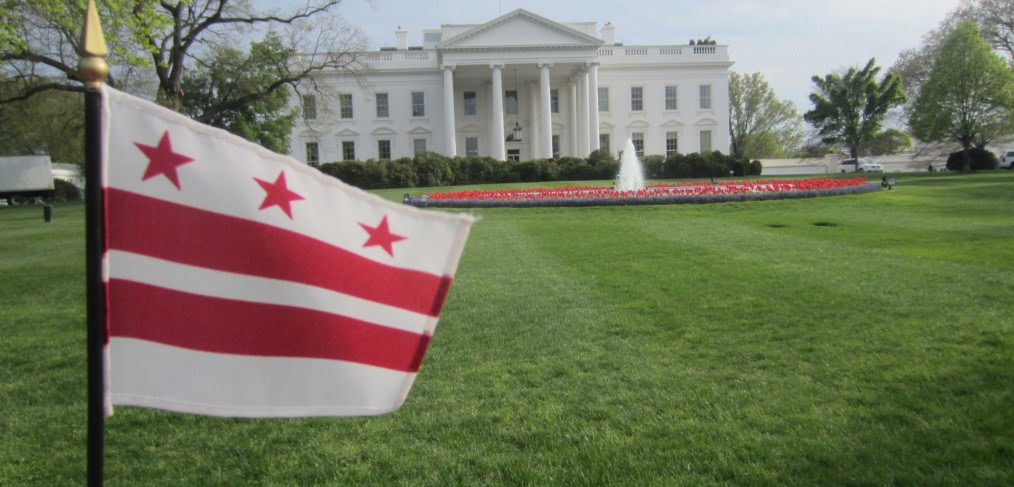
DC Is So Hot Right Now
“Hollywood for ugly people.” Washington’s unofficial tagline has morphed into an image upgrade, partly driven by popular shows like House of Cards, Scandal, Homeland and Veep that offer an appealing counterpoint to the realities of bureaucracy and politics. Despite being generally associated with old men in suits and C-span, Washington has always been a very young city, inevitably attracting a lot of interns and students. Recently, though, it’s become even more of a hotspot for the youngest generation of renters, even after graduation.
Assuming we like being young and hip, what do these interns, entry-level employees, recent grads and generally bright young things want and how can we keep them coming? At least as far as housing is concerned, we developed our Group Living Prototype (GLP) to find out.
Since the birth of real estate, location has always been key, so any residential projects geared toward Millennials needs to factor in the current love affair with walkable neighborhoods and the car-free lifestyle. In the 2000s, the annual average number of miles driven by 16-34-year-olds dropped by nearly a quarter and that trend is continuing. Couple that with the fact that 77% of Millennials say they want to live in an urban core and it’s no wonder that DC is becoming a boomtown for the 30-and-under set. Our recession-resistant economy and the fact that we have the most walkable, urban space per capita of any metro area in the United States don’t hurt either.
With that said, within the urban environment, those under 25 are looking for some specific features in an apartment (hint: not this). Unsurprisingly, affordability is vital to those trying to pay off student loans on a peanuts salary, but everyone wants a few luxury touches where they can get them. Recent dorm life makes most young people willing to make some compromises as long as their top priorities are met. The hassle of multiple roommates, for example, isn’t so bad if everyone has their own bathroom; having three other people on the lease and smaller units keep rents on the lower side too. Smaller kitchens and living rooms are also acceptable as long as there are nicer cooking facilities, larger common rooms and outdoor spaces for everyone to use. In fact, our research shows that 75% of tenants will renew their lease if they know one person in the building and 95% will renew if they know two people, so any space that allows residents to mingle and get to know each other is good news for landlords.
GLP can be implemented in any residential building, but it’s particularly effective in urban areas that are already attracting young people because of a neighborhood vibe, like DC’s revitalized H Street corridor. Some people are surmising that Millennials are moving into cities in droves because adventure, diversity and authenticity are the only things their Baby Boomer parents didn’t give them with their suburban childhoods. Others say it’s all about an interest in sustainability. Whatever it is, cities and developers can cater to their residential wants and needs to not only tap into the economic potential of the largest generation in history, but to increase productivity, eco-consciousness and general well-being.
Images via Flickr (RYANISLAND); The Washington Post


Very interesting article. As a millenial myself, I couldn’t agree more. The recent advent of shareable resources seems to be gaining traction beyond the Zip Car’s of the world. It’s also my understanding that this same mindset is helping the Hampton Inn brand (perfect mix lobbies). As a younger, less experienced colleague, I hope one day for the opportunity to pick your brain further.